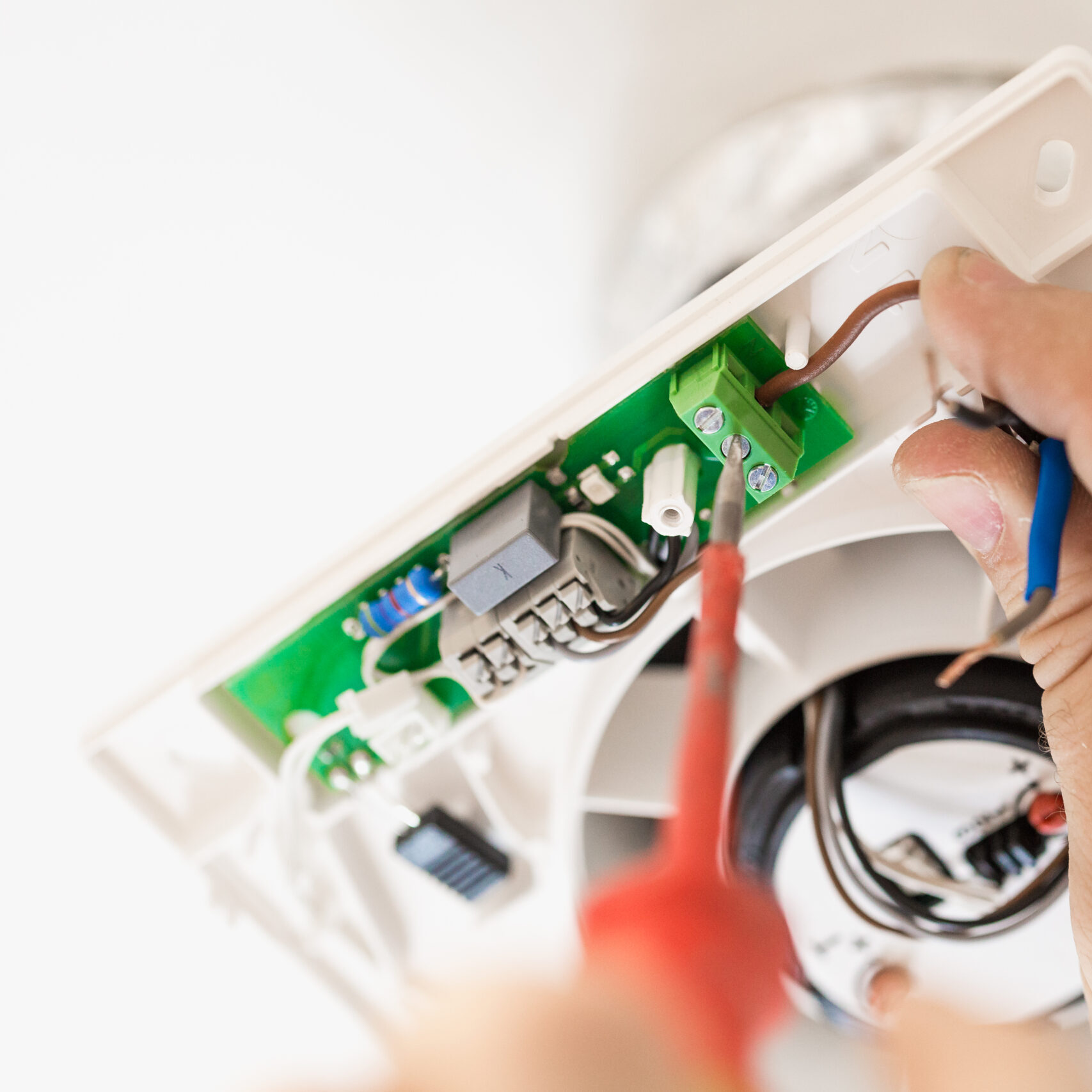Awaab’s Law: The Ventilation Perspective
Awaab’s Law: The Ventilation Perspective

With Awaab’s Law coming into effect as of 27th October 2025, we thought it was time for a quick refresher on one of the most important topics the UK housing sector is facing…
A recap…
The new legislation requires social housing landlords to investigate damp and mould issues with 14 days of being reported. Any necessary repairs and restoration will then need to be carried out within the following 7 days. This new 21-day turnaround is designed to protect tenants from the potentially devastating effects of poor housing conditions.
The new law follows the heartbreaking story of 3-year-old Awaab Ishak after suffering with prolonged exposure to damp and mould in his family’s home which tragically led to his death.
Why ventilation plays a key role…
When it comes to damp and mould, it’s easy for landlords (and homeowners alike) to turn to quick fixes such as painting over the mould or wiping away condensation.
Everyday activities like cooking, showering, drying clothes indoors, and even just breathing can add litres of water into the air every day. Without effective extraction, this moisture lingers and can ultimately lead to condensation build up which contributes to damp and mould growth.
Going beyond the basics…
A big problem when it comes to residential ventilation is that guidance is often limited. Whilst intermittent extract fans remain technically compliant on paper, they aren’t always effective enough in real life scenarios.
In reality, landlords, contractors, and installers need to be thinking about going beyond the minimum extract rates set out in Part F of the Building Regs. Systems that provide continuous and reliable airflow – such as dMEVs, MEVs, single room heat recovery (SRHR) units, or MVHR systems – are becoming the preferred options for proactive prevention. Depending on the property type, both centralised and decentralised systems can deliver effective long-term solutions for maintaining air quality and reducing damp risk. It’s important for contractors and wholesalers to be educated around all the different options available to customers to steer them towards a compliant, reliable, and effective choice.
The future…
Awaab’s Law is only going to apply to the social housing sector in 2025. However, we are expecting the legislation to extend to the private rental sector in the not so distant future. This will mean that all landlords will have a greater responsibility to implement more effective ventilation in their properties to avoid potentially more work further down the line.
Essentially, damp and mould are preventable issues when ventilation is considered a priority. For landlords, contractors, and wholesalers, this is the time to take action and choose a future-proof solution.
At Elta Trade we believe that good ventilation shouldn’t be an option, but an essential part of a healthy and safe home. If you’d like advice on choosing the right solutions, our team at Elta Trade is here to help. Get in touch today to discuss your requirements and explore the best options for creating healthier, safer homes.
Need help? Email or call the team on 01384 275771

